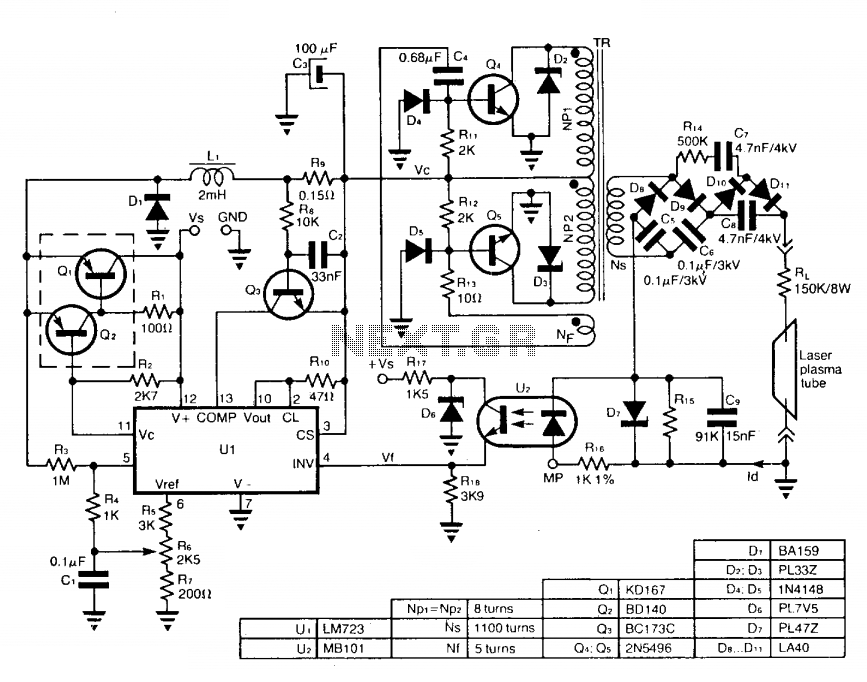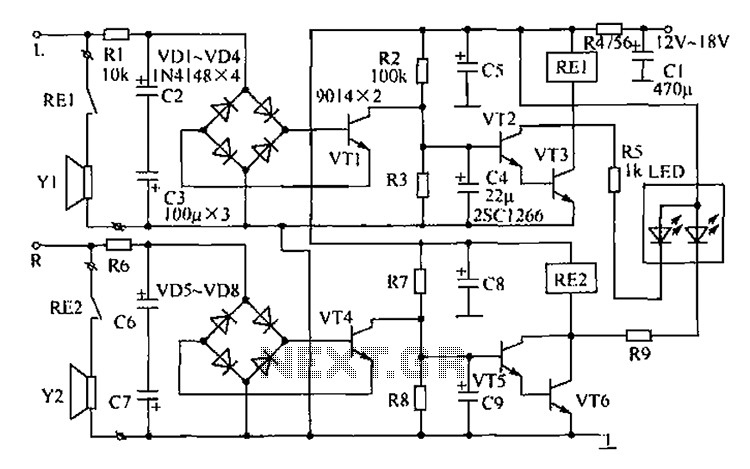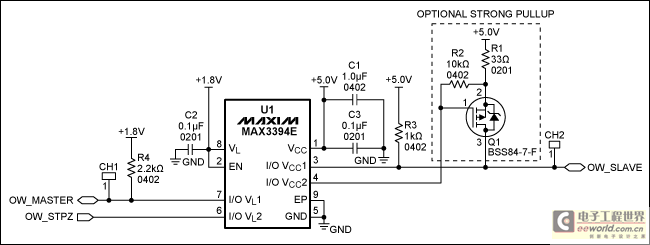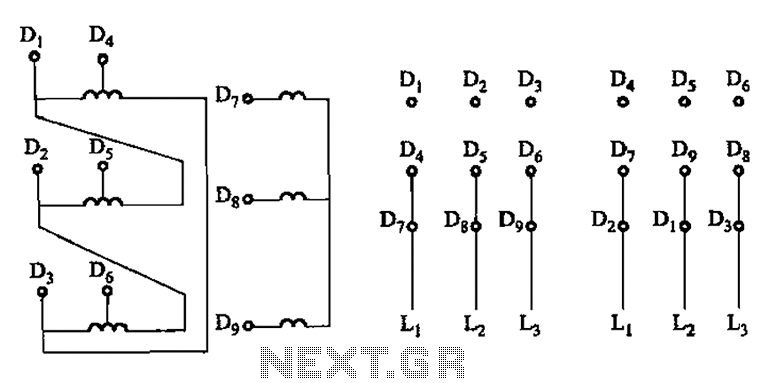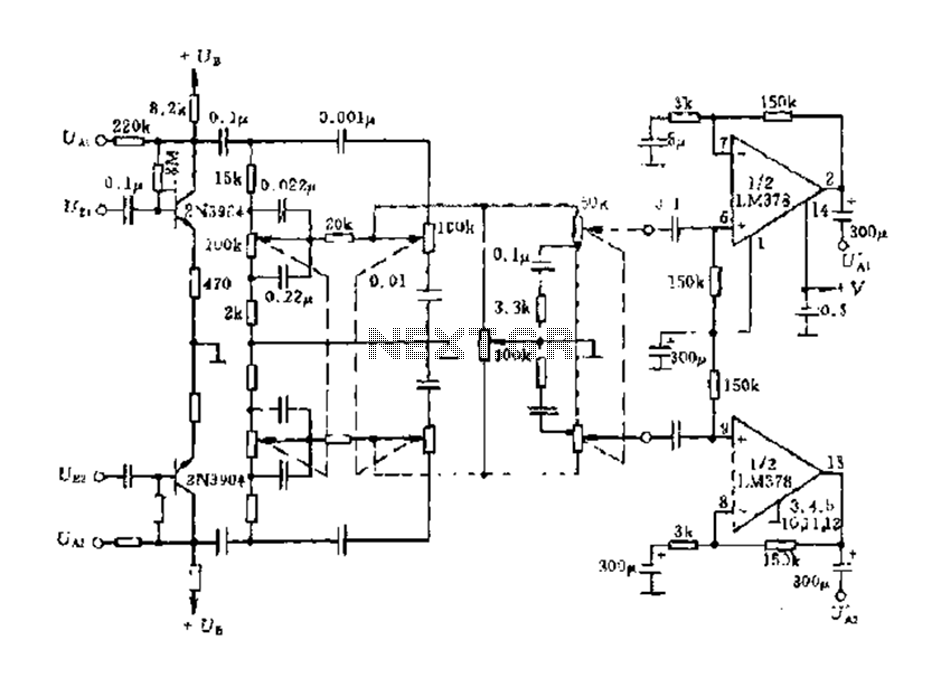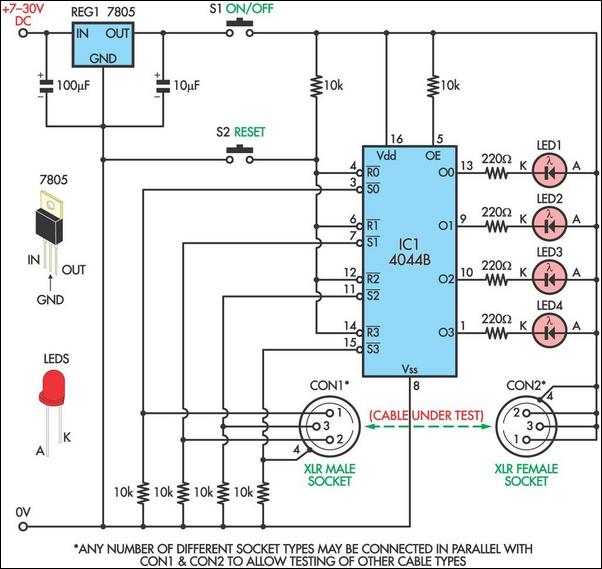
Voltage-Controlled Current Source Uses Two Op Amps

Author Mazi Hosseini describes a simple, low-cost voltage-controlled current source using two operational amplifiers that provides a good range of current and maximum load.
The circuit described by Mazi Hosseini utilizes two operational amplifiers (op-amps) to create a voltage-controlled current source, which is an essential component in various electronic applications. The design aims to maintain a low-cost implementation while delivering a significant range of output current and accommodating maximum load requirements.
The first op-amp in the configuration is employed as a voltage follower, ensuring that the input voltage is accurately tracked without introducing any loading effects. This configuration allows the circuit to respond dynamically to changes in the input voltage, which directly influences the output current.
The second op-amp is configured in a feedback loop, where it regulates the output current based on the reference voltage provided at its non-inverting input. By manipulating the feedback resistor values, the desired output current can be finely tuned, enabling the circuit to provide a broad range of current levels suitable for various applications.
To enhance performance, the circuit may incorporate additional components such as resistors and capacitors to stabilize the op-amps and filter any noise present in the signal. Proper selection of these components is critical to achieving a reliable and efficient voltage-controlled current source.
Overall, this design represents an effective solution for applications requiring precise control of current with minimal cost, making it a valuable addition to the toolkit of electronic engineers and hobbyists alike.Author Mazi Hosseini describes a simple, low-cost, voltage-controlled current source using two op amps that provides a good range of current and maximum load 🔗 External reference
The circuit described by Mazi Hosseini utilizes two operational amplifiers (op-amps) to create a voltage-controlled current source, which is an essential component in various electronic applications. The design aims to maintain a low-cost implementation while delivering a significant range of output current and accommodating maximum load requirements.
The first op-amp in the configuration is employed as a voltage follower, ensuring that the input voltage is accurately tracked without introducing any loading effects. This configuration allows the circuit to respond dynamically to changes in the input voltage, which directly influences the output current.
The second op-amp is configured in a feedback loop, where it regulates the output current based on the reference voltage provided at its non-inverting input. By manipulating the feedback resistor values, the desired output current can be finely tuned, enabling the circuit to provide a broad range of current levels suitable for various applications.
To enhance performance, the circuit may incorporate additional components such as resistors and capacitors to stabilize the op-amps and filter any noise present in the signal. Proper selection of these components is critical to achieving a reliable and efficient voltage-controlled current source.
Overall, this design represents an effective solution for applications requiring precise control of current with minimal cost, making it a valuable addition to the toolkit of electronic engineers and hobbyists alike.Author Mazi Hosseini describes a simple, low-cost, voltage-controlled current source using two op amps that provides a good range of current and maximum load 🔗 External reference
